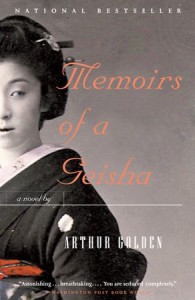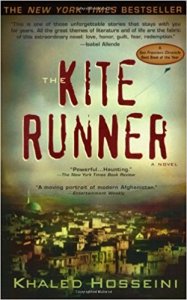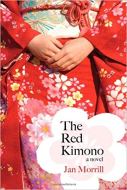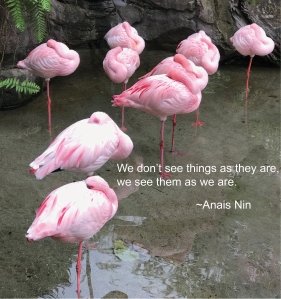
I have a confession to make: I am a procrastinator. Surprise!
I’m not especially proud of the fact, but it really doesn’t bother me either—well, not to the extent that I plan on changing my ways any time soon. I’m not talking about waiting one hour before a trip to pack or unhooking the hose from the outside faucet when a frost is coming. These mundane things border on being lazy rather than being a procrastinator. There is a difference. What I’m talking about is more along the lines of creativity; writing to be more specific.
Last weekend I attended Ozark Creative Writers conference in Eureka Springs, Arkansas. While I sat at my table selling my books, I overheard a fair number of attendees saying the same thing: they have an idea for a book running amok in their heads, but they can’t get it down on paper. They feared the story idea would disappear and the book never written. Yet, try as they might, they just couldn’t get started. This stagnation worried them a great deal. To them I say, fear not.
Creativity can not be rushed.
Creativity is a seed that needs first to be planted and then given time to grow. God doesn’t force a rose to bloom. He lets the tiny bud unfold at its own rate of speed. The same with a great story idea.
Sometimes the story pours itself onto the page so fast I struggle to stay up with the words. Other times, the story germinates in my head for long periods of time. Just because I’m not typing words onto paper does not mean I’m not working. I am letting the story unfold. The meat of Soldiers In the Mist came quickly, but I forced the ending. Big mistake! The result: Five years from its release, I rewrote it with the proper ending.
The Adventures of Dixie Dandelion waited until Daughter of the Howling Moon was finished, but Dixie’s story was always firm in my head.
On the other hand, Daughter of the Howling Moon decided its birthday all on its own. I did not rush the date. I did not induce labor or let any man-made days, hours, or minutes dictate its birth. As a result, Daughter, in my opinion,was some of the best writing I’ve ever done and a fantastic story. In addition, this unfolding prevents writers’ block. Technical things such as plot, story arc, and characterization automatically fall into place. I never think of story arc when I write. In fact, the term confuses me. Trust in the process and the essence of your story takes care of all this man-made stuff. How? I have no idea. Magic just works that way.
I am a firm believer that a book will determine its own making. After all, time is only a man-made preconception. So to all of you who worry about not writing, relax. Let the story develop. Let the words run free in your mind. Let the plot simmer. Let the bud unfold and burst forth in its own time.
Trust the process and do not force the outcome. Because . . .
No book is born before its time. 





